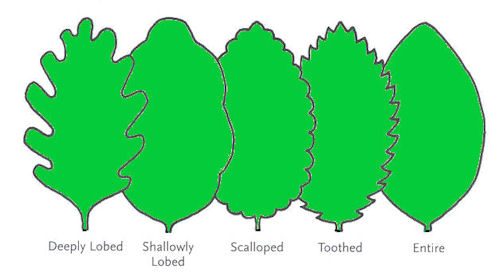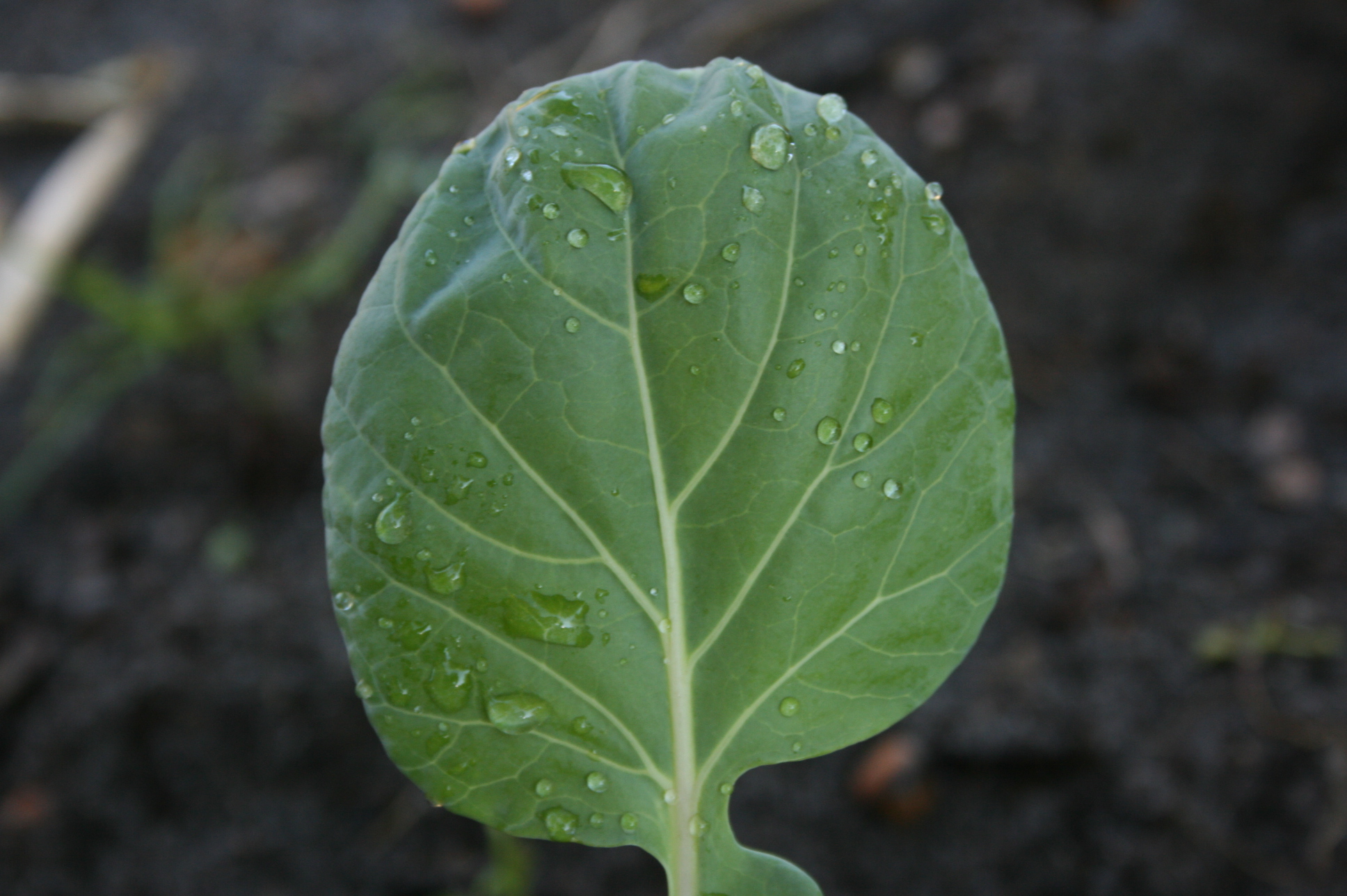Fourth graders are studying leaves this quarter. They are to prepare a leaf collection as their science project. I encourage them to seek help from parents, grandparents, family, and of course MYSELF!
By doing a leaf
collection, students can, not only learn beneficial information about trees
common to their area, but they will also learn that trees have become such a
successful and diverse group of organisms. These will be discussed in
detail in class later. Students may bring in their near-complete projects for
help with identification if needed.I want this to be a fun and
educational project for them. If you
have any questions, please do not hesitate!
Happy Hunting,
Miss Wajeeha
The Guidelines are:
1.
Collect different leaves
2.
MUST have an example of the all the types of
leaves in your project i.e. size, shape, texture, edge, veins, color
3.
Leaves should be as undamaged as possible.
4.
Leaves should be flat. This can be done by laying a leaf between
cardboard, between pages of a magazine, or sheets of newspaper, and laying
something heavy on top of it.
5.
Mount them on paper and assemble in the folder
6.
Leaves may be attached to the paper with glue.
7.
Only 1 leaf per side of paper.
8.
All leaves should be labeled neatly with:
Type of leaf
Where it was found (ex…. park, school ground, backyard; )
Date found
Found by
9. Assessment
Criteria: Project is of total 15
marks. you will be assesses on
Where To Get Leaves
Backyard
Neighbors
Parks
School ground
Helpful sites
http://departments.bloomu.edu/biology/ricketts/leaf_edges.html
http://plantersenvy.com/plants-wpictures.html
http://www.pbase.com/bobc/leaf&page=all
http://theseedsite.co.uk/leafshapes.html
http://plantersenvy.com/plants-wpictures.html
http://www.pbase.com/bobc/leaf&page=all
http://theseedsite.co.uk/leafshapes.html
Additional Information
Leaf:A leaf is an above the ground part of plant. Leaves are mostly green in color.
Parts of a Leaf:

 Leaf Function:
Leaf Function:Leaves are the powerhouse of plants. In most plants,
leaves are the major site of food production for the plant.
Structures within a leaf convert the energy in sunlight into
chemical energy that the plant can use as food.
Chlorophyll is the molecule in leaves that uses the energy
in sunlight to turn water (H2O) and carbon dioxide gas (CO2)
into sugar and oxygen gas (O2).
This process is called photosynthesis.
Classification of leaves:
Leaves can be classified on the basis of a number of physical features like- color
- shape
- size
- types of veins
- edges
- texture
Classification on the basis of color:
Most leaves are green but some leaves
have different colors. I am giving few examples of such leaves, you may
search for more in your neighbourhood.  | ||
| This is a pineapple tree with green and white leaves |
 | |
| Pink, green and cream leaves of Mardi Gras with flowers |
 | ||
| Beautiful red, green and pink leaf of Ti plant |
 | |
| Pinkish maroon leaves of bloody leaf |
Classification on the basis of Size:
Leaves may be of surprisingly large size like palm leaves, bigger like
banana leaves or as small as grass. Lets go out and explore the
different sizes, choose one that can be attached to your project
booklet.
Classification on the basis of veins:
Classification on the basis of Texture:
Now texture cannot be seen. we have to touch different leaves to
experience the texture but beware of some thorny leaves like cactus and
be ready to enjoy velvety leaves.
Classification on the basis of types of Edges:
 |
| wavy edges of banana leaf |

Classification on the basis of Shape:
I have posted few examples, you may search for different and interesting shapes
 |
| Spear shaped leaves of Ivy |
 | ||||||||||||||||||||||||||||||||||||||||||||||||||||||||||||||||||||||||||||||||||||||||||||||||||||||||||||||||||||||||||||||||||||||||||||||||||||||||||
| Oval leaf of oregano plant |
 |
| Heart shaped leaves of a bean plant |

looks interesting!
ReplyDeletevery informative!
ReplyDeleteFascinating!
ReplyDeleteI would love to see the progression and results!
ReplyDeletethanks gals :)
ReplyDelete